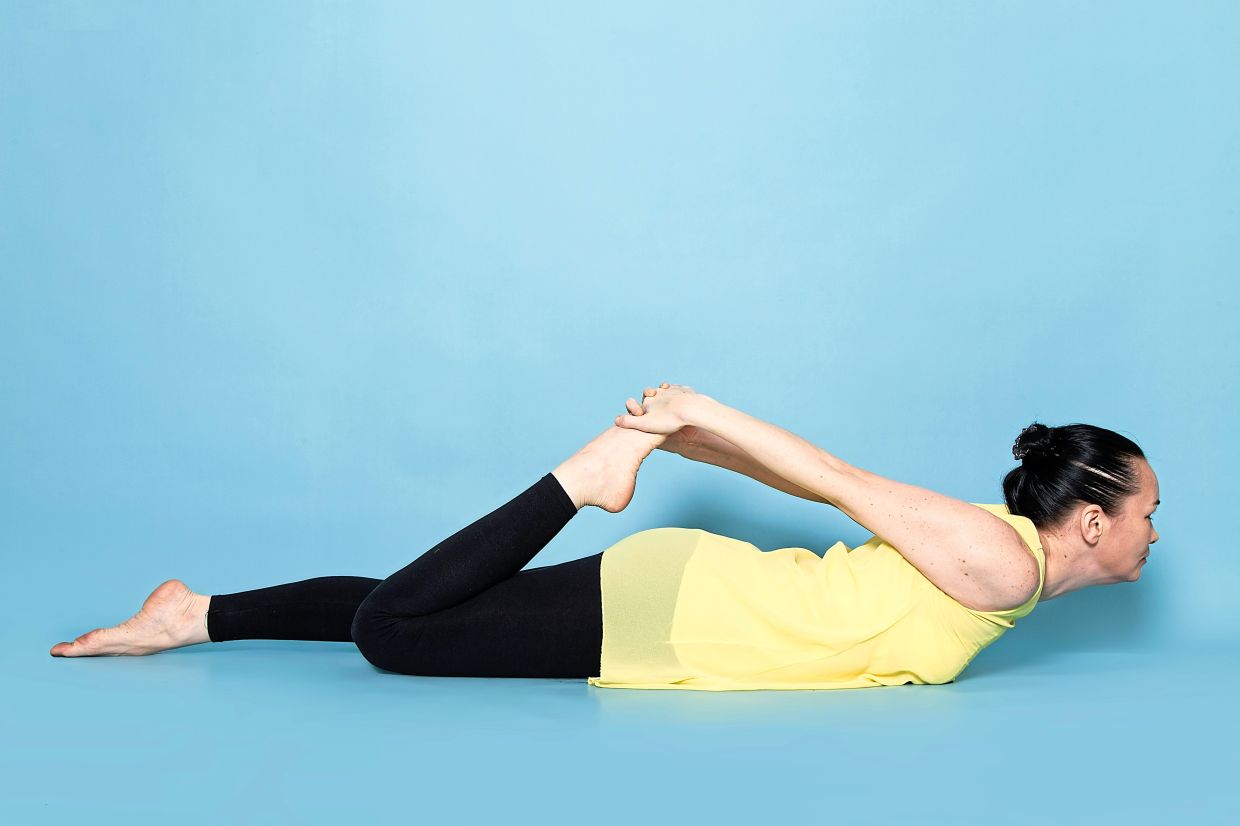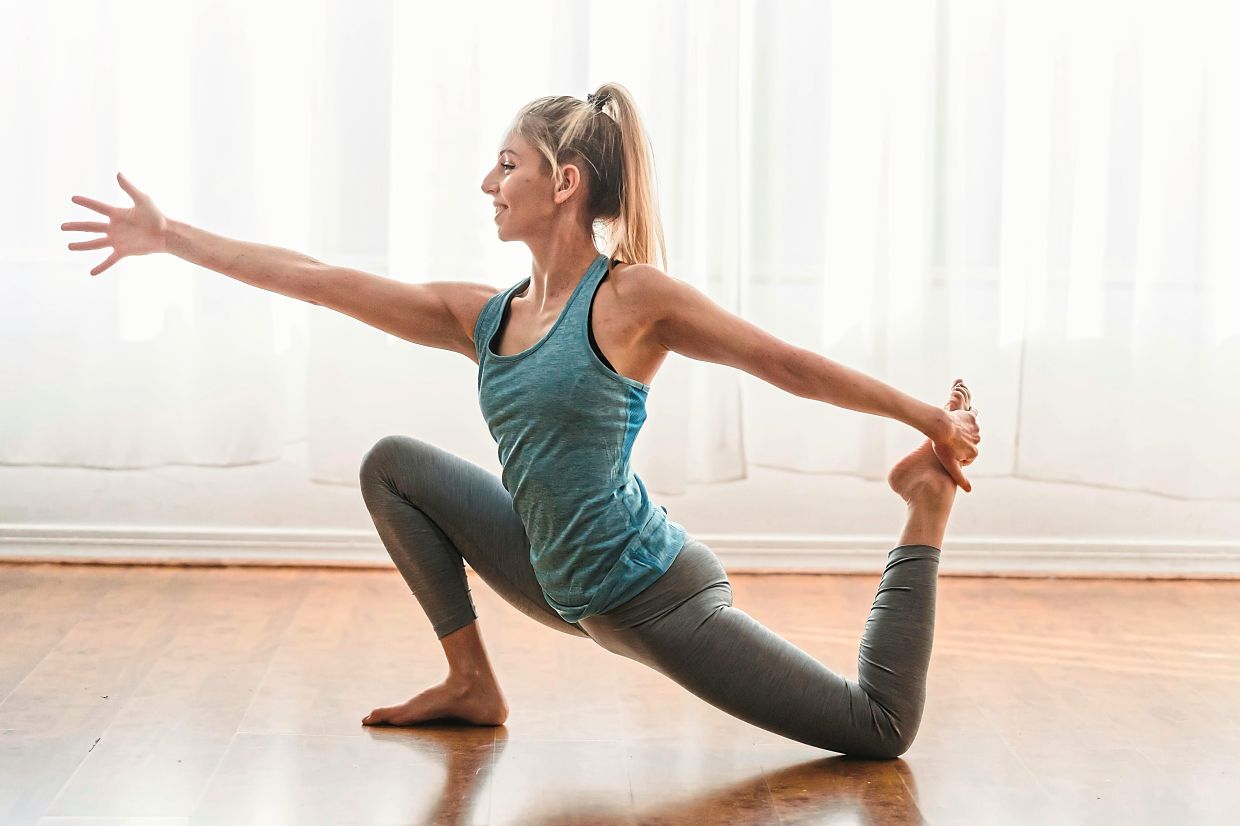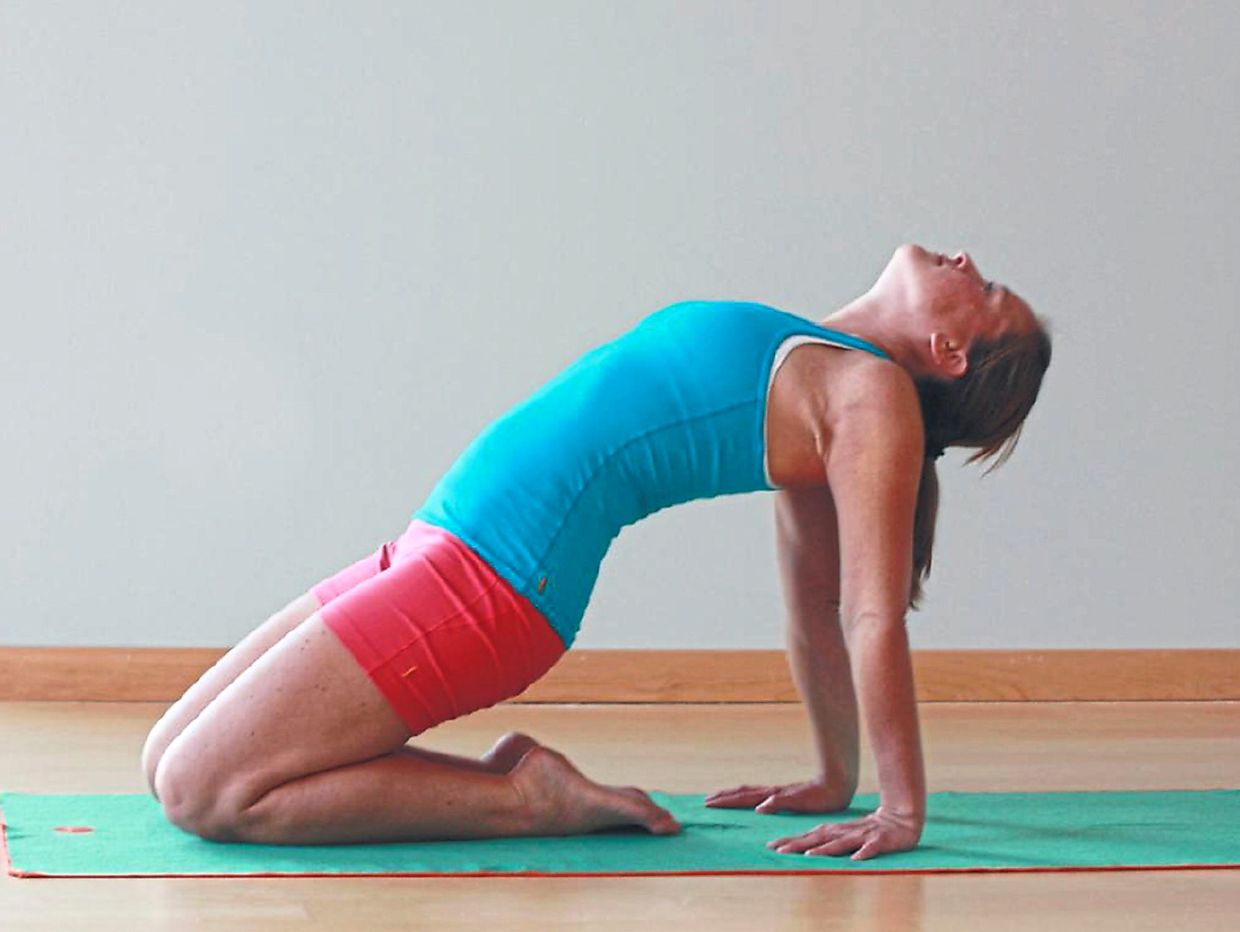Just like how you'd test for tight quads, you also stretch them the same way. Pull your foot toward your buttocks as far as it can go. If you can't grab your ankle with your hands, loop a towel around it to bring the heel closer to the butt. Hold for 30 seconds, release and repeat with your other foot. Perform two or three sets. — TNS
The quadriceps or quads – a group of muscles in front of the thighs – are the strongest muscles in the human body.
They are called quads because they consist of four individual muscles; rectus femoris, vastus medialis, vastus lateralis and vastus intermedius.
Get 30% off with our ads free Premium Plan!










